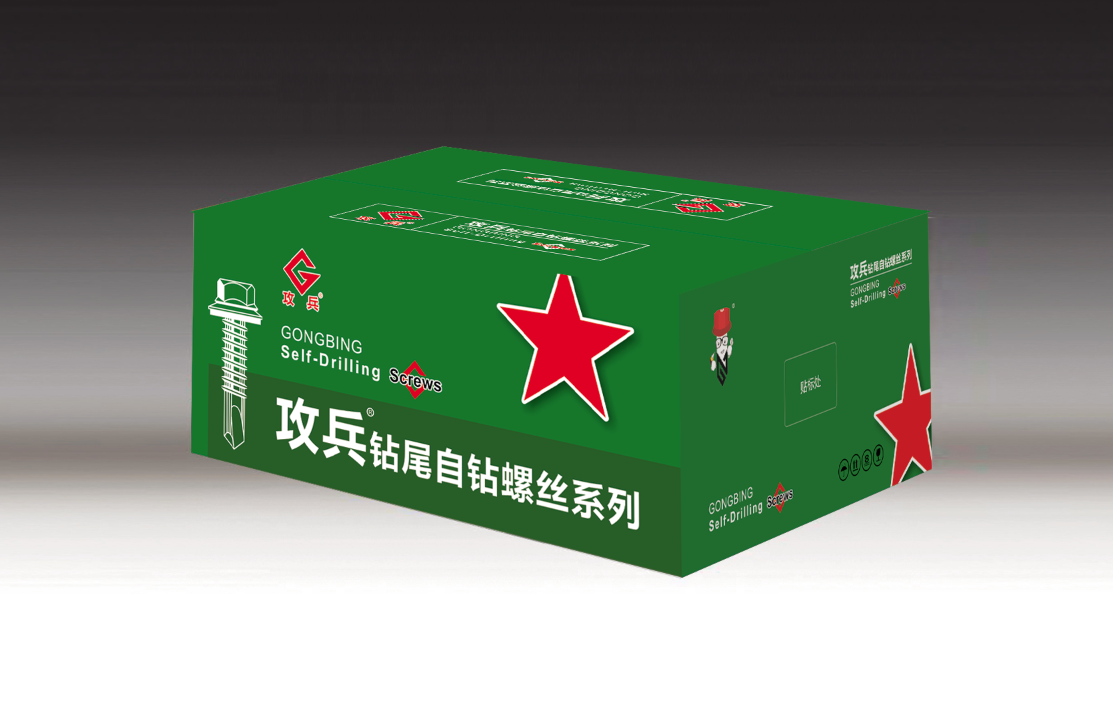Stainless Steel Support Structures for Enhanced Durability and Stability in Construction
The Role of Stainless Steel Bracing in Modern Construction
Stainless steel bracing has emerged as a pivotal element in modern construction, playing an essential role in enhancing the structural integrity, durability, and aesthetic appeal of buildings and other structures. As architects and engineers seek materials that can withstand the rigors of time, environmental challenges, and high demands, stainless steel has proven to be a reliable choice.
Understanding Stainless Steel Bracing
Stainless steel bracing is typically used in frameworks to provide stability and support to buildings. This type of bracing can be found in various forms, including cross-bracing, knee bracing, and shear walls, enabling structures to resist lateral forces, such as wind and seismic activity. The versatility of stainless steel allows it to be tailored for specific designs, making it suitable for both residential and commercial applications.
The Advantages of Stainless Steel
One of the primary reasons for using stainless steel in bracing systems is its exceptional properties. Unlike traditional carbon steel, stainless steel is highly resistant to corrosion, which is a significant concern in areas prone to moisture or harsh weather conditions. This resistance ensures that the structural components remain intact, minimizing maintenance needs and extending the lifespan of the building.
Another benefit is the material's strength-to-weight ratio. Stainless steel offers impressive strength without adding excessive weight, allowing for slimmer designs that do not compromise on safety or performance. This efficiency can lead to cost savings in both materials and labor, as less material is required for the same level of strength.
Aesthetic Considerations
stainless steel bracing

In addition to its structural benefits, stainless steel bracing contributes to the aesthetic qualities of a building. Its sleek, modern appearance can complement various architectural styles, adding an industrial touch that many contemporary designs favor. Unlike other materials that may require painting or treatment to enhance their appearance, stainless steel maintains its visual appeal over time, providing a clean look that enhances the overall design.
Sustainability and Environmental Impact
Sustainability is a crucial aspect of modern construction, and stainless steel bracing aligns well with eco-friendly practices. Stainless steel is fully recyclable, and its long lifespan means that fewer resources are required for replacements over time. Builders and designers are increasingly opting for materials that not only meet functional needs but also support broader environmental goals. The durability and recyclability of stainless steel make it an attractive choice for sustainable architecture.
Challenges and Considerations
Despite its many advantages, the use of stainless steel bracing is not without challenges. The initial cost of stainless steel can be higher than that of other materials, which may dissuade some builders, particularly for smaller projects. However, considering the long-term savings on maintenance and replacement, the investment often pays off.
Additionally, fabricating and welding stainless steel requires specialized skills and equipment, which may not be readily available in every region. Therefore, it is essential for project managers to factor in these considerations when planning.
Conclusion
In conclusion, stainless steel bracing represents a significant advancement in construction materials, offering robust performance, aesthetic appeal, and sustainability benefits. As the industry continues to evolve, the demand for high-performance materials that can withstand the test of time will only grow. With its unique set of properties, stainless steel bracing is poised to play a crucial role in shaping the future of architecture and construction, ensuring that buildings stand strong and beautiful for generations to come.
-
Weatherproof Plastic Expansion Anchors for OutdoorNewsJun.06,2025
-
Sustainability in the Supply Chain: Eco-Friendly TEK Screws ProductionNewsJun.06,2025
-
Load-Bearing Capacity of External Insulation FixingsNewsJun.06,2025
-
Double Head Bolts: Enhancing Efficiency in Industrial MachineryNewsJun.06,2025
-
Corrosion Resistance in Chipboard Screws: Coatings for Wholesale DurabilityNewsJun.06,2025
-
Butterfly Toggle Bolts : Enhancing Structural ResilienceNewsJun.06,2025
